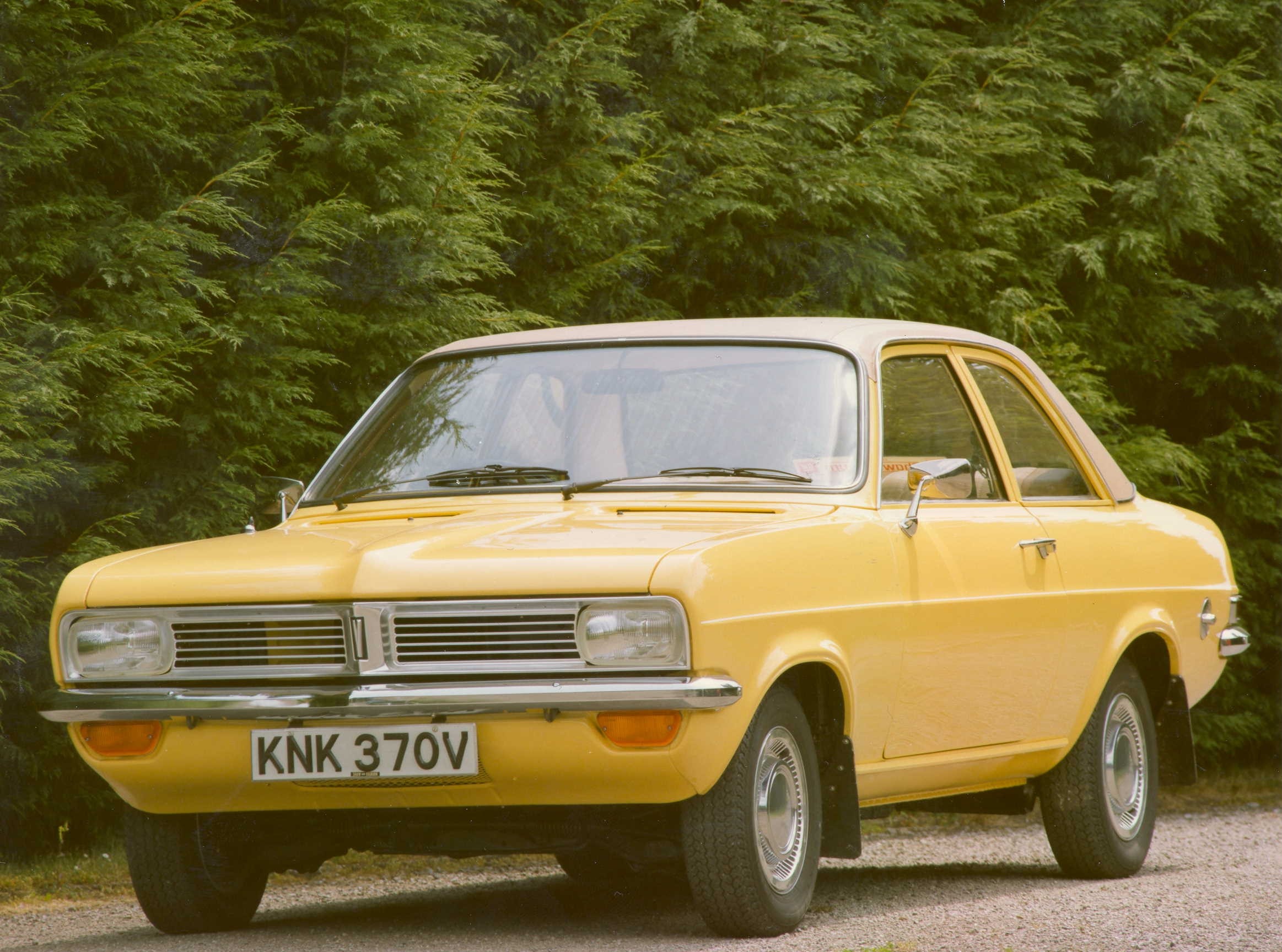"From the Dacia Sandero to the LaFerrari, most cars have one thing in common: four wheels. But why? Sure, wheels are a fairly necessary feature of any car, but why four of them? Two-wheeled vehicles are common, obviously – so why "

Invalid Trikes
Who remembers invalid trikes?
If you’re of a certain age, you’ll remember the sight and sound of the powder blue invalid tricycles that were once a common sight on our roads and at our football stadia. But do you know the story behind them?
No? Well, in that case, read on…
Invalid trikes have been around for a very long time, but their utility as a means of transport was limited until adequate means of propulsion became available in the early part of the 20th century. Even then, they were rather frail contraptions, powered by either 24V or 36V electric motors or small petrol engines and almost totally bereft of protection against the elements.
Still, they served a useful purpose….if you could afford to buy and maintain one, that is.
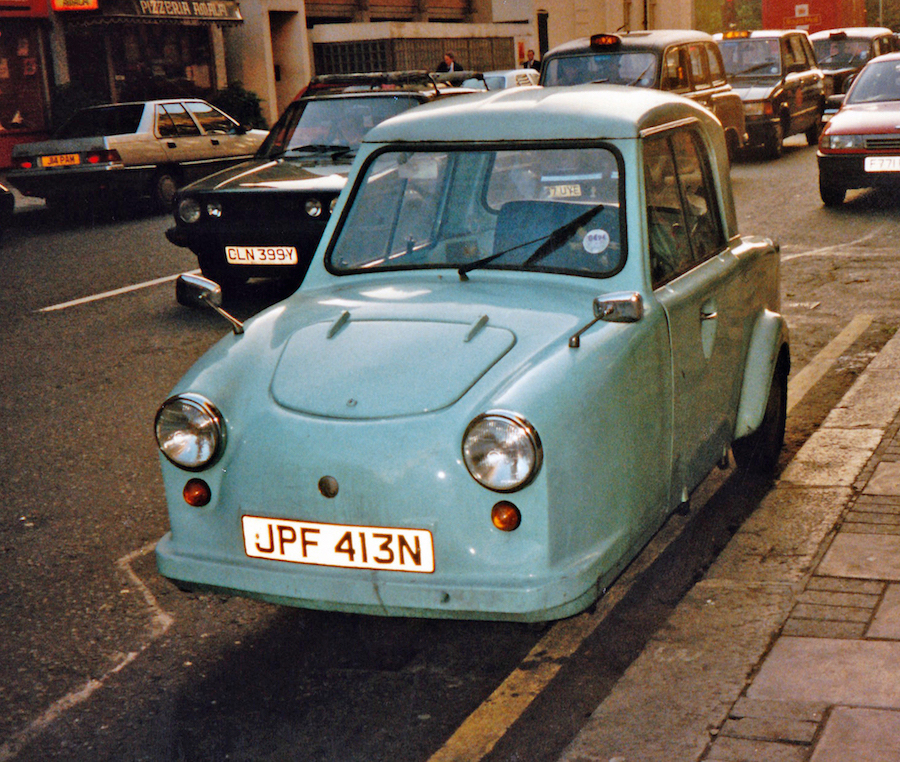
Three things served to change that: the second world war to occur within a single generation, a post-war UK government that was committed to a programme of social reform, and the realisation by two remarkable men that there was a pressing need (and therefore a market) for vehicles designed for use by disabled people.
Those men were an engineer named Bert Greeves and his cousin, Derry Preston Cobb, whose legs and left arm were non-functional. In 1941, having previously adapted Preston Cobb’s wheelchair by powering it with a lawnmower engine, Greeves designed and built an invalid trike for use by his cousin. This vehicle, the result of Preston Cobb having challenged Greeves to build him something better than his powered wheelchair, was powered by a 125cc Villiers engine and featured a control system that enabled it to be operated with just one hand.
The two men quickly patented the vehicle and its control system and set up a company, Invacar Limited, in which they were both directors. In 1947, Invacar began production of its first invalid trike, the Model 12, at premises in Essex. The creation of the NHS the following year opened up a significant new market, and in 1949 Invacar entered into its first contract to supply the Ministry of Health with invalid trikes. The scale of the Ministry’s initial order was such that the company had to move to larger premises and expand its workforce.
The Ministry supplied such trikes free of charge to eligible persons and also took care of their maintenance and insurance costs. However, this scheme was not without its critics, as evidenced by Parliamentary records from the late 1940s. The main thrust of those early objections was that a two-tier system was in operation. Under this system, severely disabled war pensioners were eligible to be provided with a suitably adapted car having at least two seats, but the majority of disabled persons – including most war pensioners and those whose disabilities were attributable to causes other than war – were eligible only for a single-seater trike.
The government’s position on the matter was simple: trikes were less expensive than even basic cars (though the extent to which they were cheaper was a matter of some debate), and cost was a significant consideration given that the war had virtually bankrupted the UK. It was an argument that continued to rumble on over the years.

In its haste to provide disabled people with trikes, the Ministry had entered into contracts with a number of different manufacturers – including AC (yes, that AC) – without having laid down a standard specification. Indeed, it wasn’t until 1957 that the Ministry issued a mechanical specification for invalid trikes. This stipulated that, for petrol-engined trikes, a 197cc Villiers engine powering the front wheel was to be used. Dynastart (as the name suggests, it’s a combined starter motor and dynamo) and pressed steel wheels were also mandatory, as was the provision of a single seat. The colour of the bodywork was to be standardised too: henceforth it would be Ice Blue, more commonly referred to as Ministry Blue.
Invacar and AC were the main suppliers of invalid trikes to the Ministry of Health (which became the Department of Health and Society Security in 1968), and they both used the revenue thus generated to help support their other activities. In AC’s case, this was largely (but not exclusively) sports car production, whilst Invacar’s profits helped to fund its sister company, Greeves Motorcycles.
By 1967, there were around 17,500 invalid trikes on UK roads, with a further 2200 held in reserve. And in spite of growing opposition to the trike on safety grounds, those numbers were set to increase further.
What turned out to be a final refinement to the standard invalid trike specification was issued in 1970. From 1971 onwards, all invalid trikes supplied to the Department of Health and Social Security would be based on an AC design, officially known as the Model 70. The changes were significant: all invalid trikes would now have fibreglass bodies, twin sliding doors, and be powered by rear-mounted 493cc Steyr-Puch engines. And for the first time, variable belt-drive transmission was fitted to every trike. This gave rise to one quirk – the Model 70 was capable of being driven as quickly in reverse as forwards!

Steering was either by means of a wheel, handlebars or a tiller, and 56 different control configurations were available, so as to best cater for the needs of the individual user.
Those changes apart, nothing was done to address the criticisms previously levelled at invalid trikes: they remained strictly single-seaters, highly susceptible to crosswinds and were difficult to control at speeds in excess of 40 miles per hour – a speed that the Model 70 could comfortably exceed. Indeed, a very small number of Model 70s were fitted with a 650cc version of the Steyr-Puch engine, which gave them a reputed top speed of around 82 miles per hour.
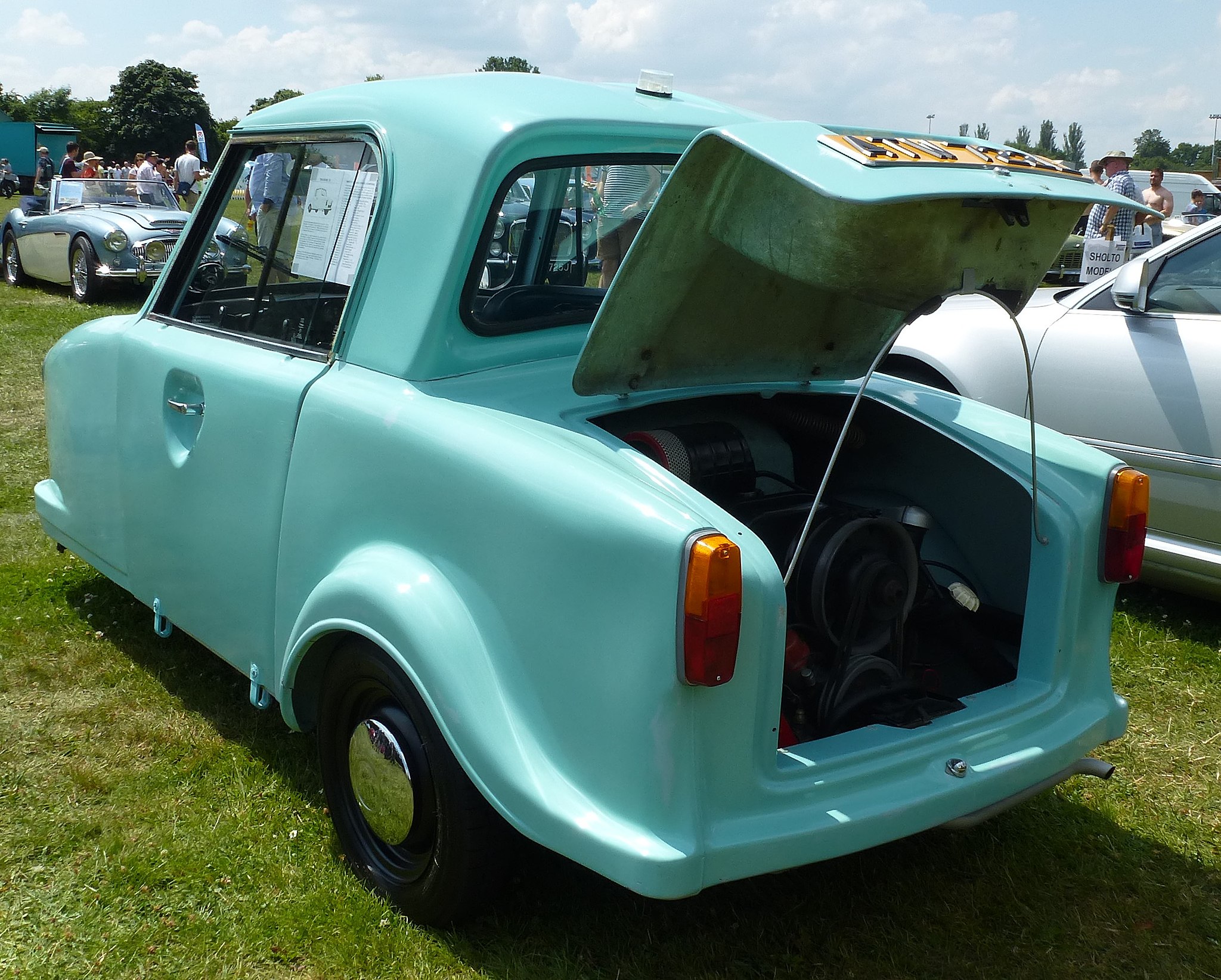
By the mid-1970s, pressure was growing on the UK government to remove the invalid trikes from the road. Amongst the arguments employed were that they were unstable, prone to self-combustion and, having only one seat, inherently unfair towards disabled persons who had families. Moreover, disabled persons whose disabilities meant that they were unable to drive received nothing in lieu of a trike. This, too, was regarded as being unfair.
The government’s answer was to introduce a new monetary benefit, Mobility Allowance, for disabled persons and, in July 1976, to announce that no new applications for invalid trikes would be accepted. Production would continue until no later than March 1978 to deal with existing applications, and the trikes would removed from the roads by the end of 1981.
This was not a popular move with many trike users, who felt that their mobility and independence would be significantly reduced if their trikes were taken away. They pointed out that the amount payable to them by way of Mobility Allowance would be insufficient to enable them to fund the purchase of an adapted car.
As it turned out, the trikes were not withdrawn in 1981, and the Motability scheme that was introduced in 1977, largely in response to the concerns expressed by trike users, turned out to be a huge success. For the trike manufacturers, however, there was to be no reprieve.
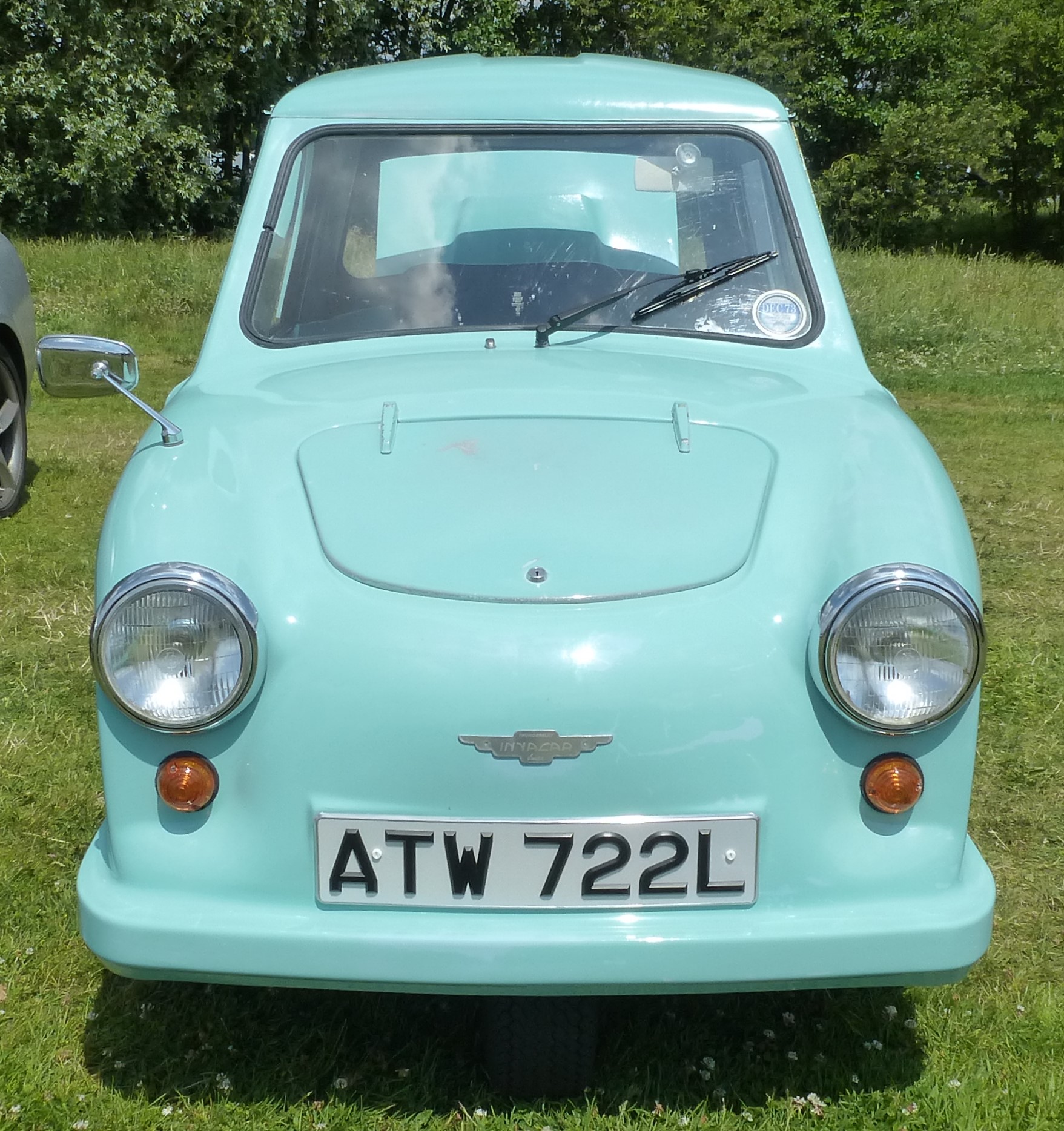
The ending of trike production caused difficulties for both Greeves and AC, who had relied upon the revenue generated by trike manufacturing to help balance the books. Neither lasted long: a factory fire in 1977 brought about the end of Greeves in its original form, and though AC lingered a little longer, it ceased car production in 1984. Both companies have, however, since been re-born – more than once in AC’s case.
There were around 21,500 invalid trikes on the road when production ended in 1978. By 2003, when the government decreed that invalid trikes could no longer be used on UK roads, that number had dwindled to no more than 1500. The remaining trikes were uplifted over a period of months and crushed. Or, rather, most of them were…
A few trikes – the exact number is unknown – somehow survived the government’s cull. Moreover, former invalid trikes can now legally be used on UK roads, provided that they are correctly re-registered. And with some trikes now having been re-registered, don’t be entirely surprised if you see an Ice Blue three wheeler on the road. And if it has a 650cc engine, don’t be too shocked if it overtakes you…
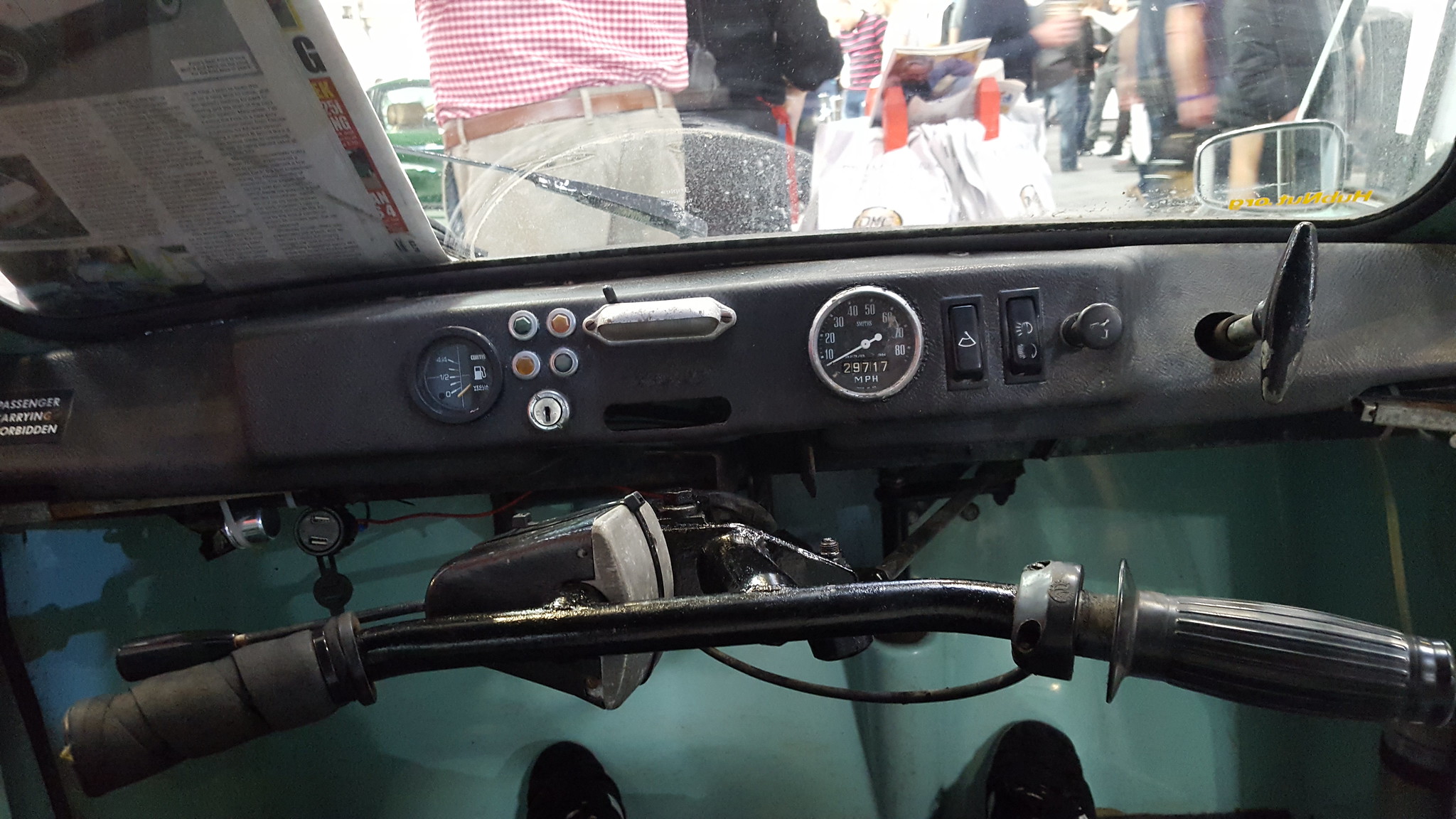
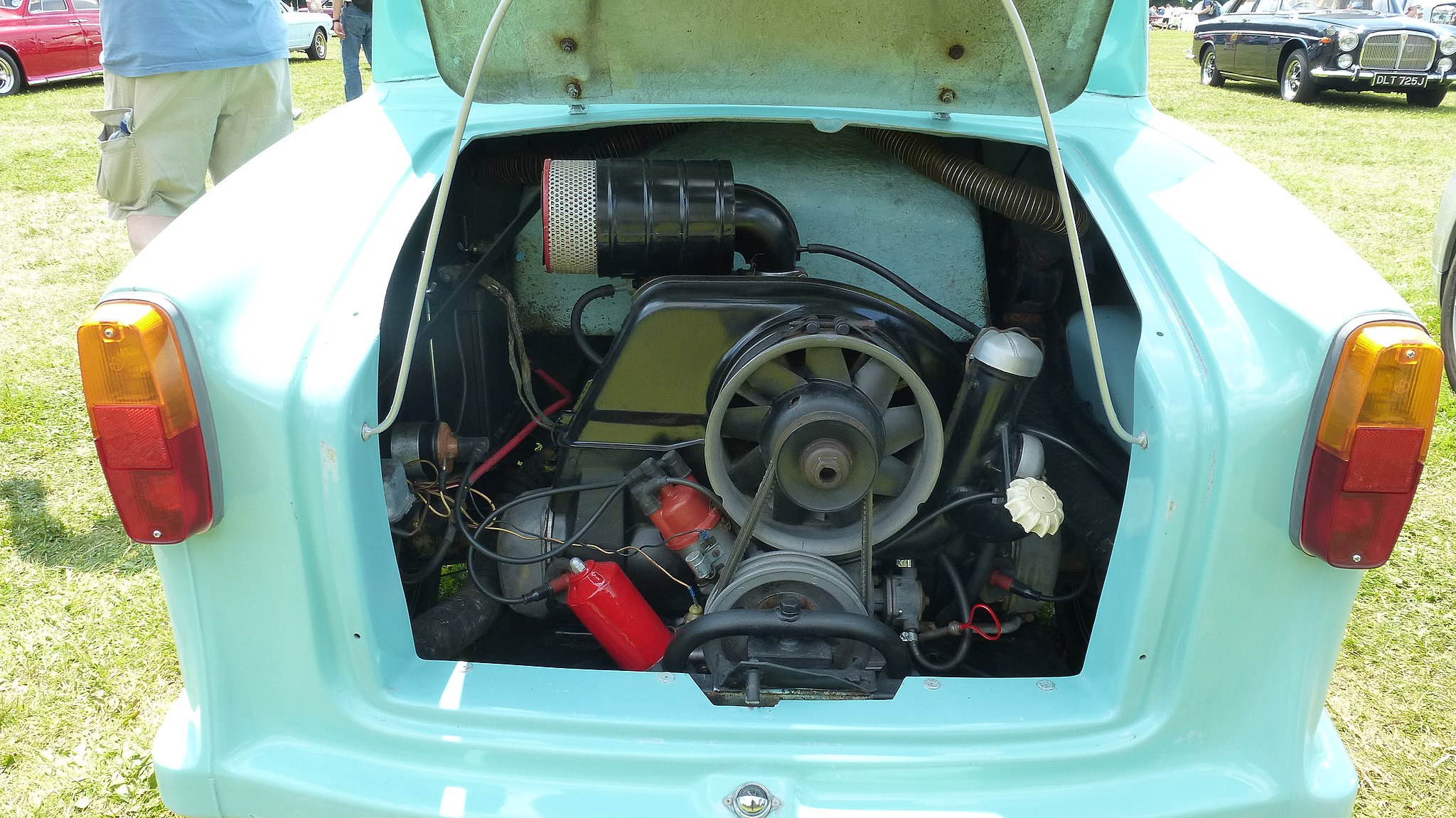
CLICK TO ENLARGE





